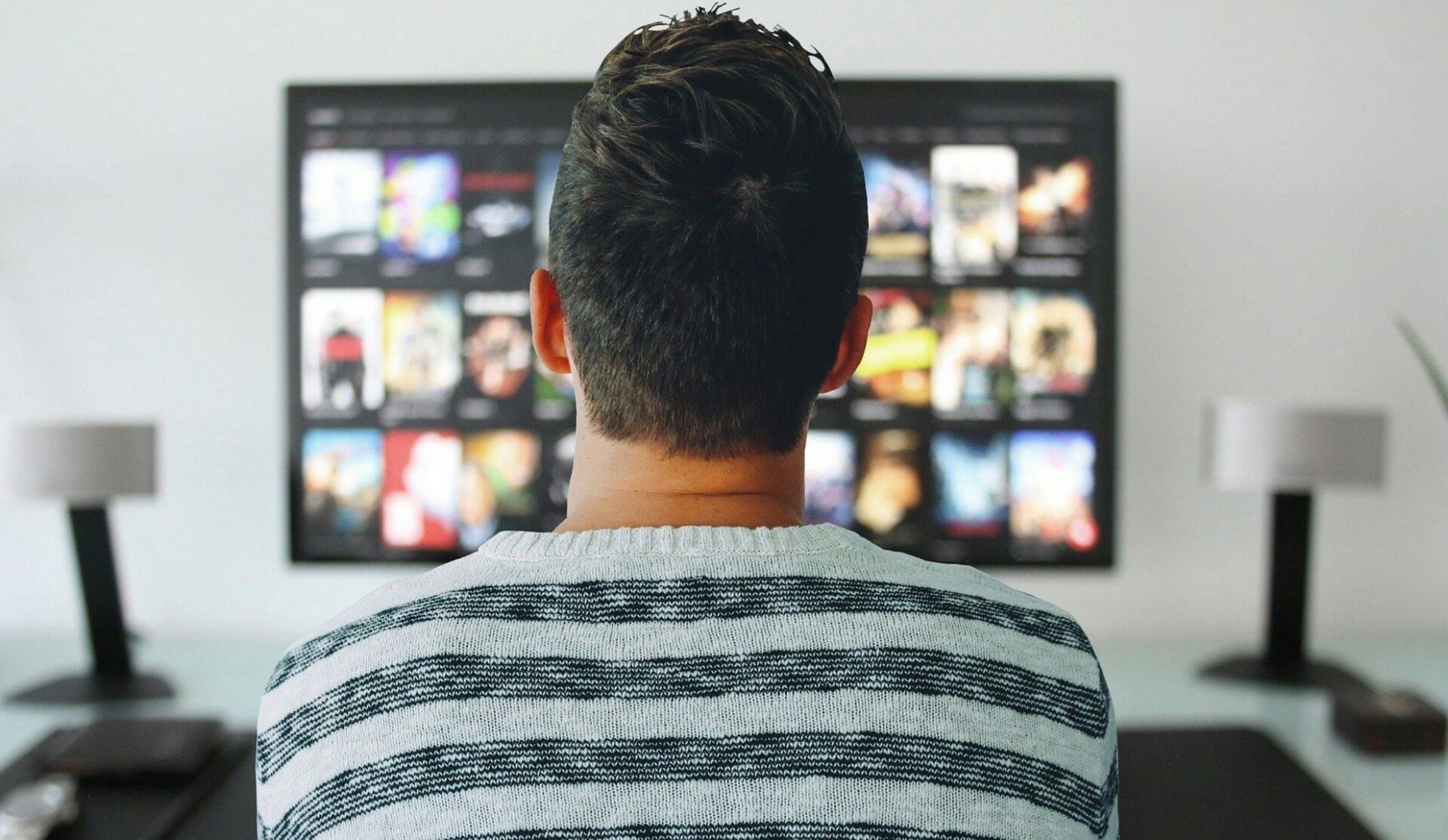Televisions have been through an incredible transformation since their first creation, but have our viewing habits and the industry changed as much as technology has developed? Currys PC World conducted a study into the evolution of television to investigate just how much the world of TV has changed and adapted over time. Here are a few of the key takeaways:
- Broadcast TV is on the decline, but the British public are embracing a multitude of new ways to watch
- 1 in 4 Brits now prefer watching subscription video on-demand (SVOD) services instead of broadcast TV
- Men are twice as likely to watch TV in the bathroom than women
- The Welsh watch the most broadcast TV, East Midlanders love SVODs and Londoners are the most likely to watch TV on a non-TV device
With huge cultural and technological shifts, you’d expect TV habits to adapt with the times. Today, not only can TV be watched on various different devices (TV, laptop, smartphone, tablet), but there’s also a wealth of content available on numerous platforms (broadcast TV, pay-TV (Sky, Virgin, etc), SVODs (Netflix, Amazon, etc)). But, while 84% of Brits still prefer to watch on a television set, two in five 16-24-year-olds say they’d rather watch on a non-TV device. What’s more, over 15 million households now have at least one SVOD (subscription video on demand) service and 6% less Brits describe watching TV as “family time” now than 10 years ago.
In terms of the content itself, genres have shifted in popularity over time. Based on the top-rated programmes of each year, entertainment was the leading TV genre in the 60s, with programmes such as the Eurovision Song Contest and The Mike Yarwood Christmas Show stealing the show. Today we prefer reality TV, such as the Great British Bake Off, which topped the most-watched list on two different years in the 2010s.
More from News
- UK Non-Dom Laws Have Changed In 2025, But How Much?
- NASA And Google Test AI To Help Astronauts With Medical Care
- Is The Legal Battle Between Apple And The UK Over Encryption Really Over?
- Topshop Back In UK? These Are Some Brands That Disappeared And Came Back?
- Zoom Launches New AI Features, Including Agentic AI
- UK Appoints Former OpenAI Exec As Prime Minister’s AI Adviser
- Reports Find Commercial UK Data Centres Use Minimal Water
- 84% AI Web Tools Show Breaches And Encryption Gaps, Says BDI
It’s leisure that has seen the biggest growth in demand though, demonstrating a huge 870% increase in broadcast hours between 2012-2019…
- The UK turned to TV as a key source of lockdown entertainment
- The average Brit watched 3,270 minutes of TV during lockdown
- One in five Brits said they watched more comedy than usual over lockdown
- 1 in 5 Brits describe TV as a form of escapism
- The Prime Minister’s statement about “a conditional plan” for easing lockdown attracted 27.5 million viewers across Britain
- With a national lockdown confining us to our homes, many people sought solace in TV
During the peak lockdown period (April), the British public watched 34 minutes more live broadcast TV and 37 minutes more of subscription video-on-demand (SVOD) content a day than they did at the same time the year before. And, as well as watching more TV during this time, they also reported watching it at different times of the day. 1 in 10 Brits confessed to being more likely to watch TV in the middle of the day than pre-lockdown and 4% more people watched late into the night.
The type of content being watched also differed, with over a quarter reporting watching more news (28%) and drama (27%), and a fifth turning to comedy (21%) and documentaries (18%) more often:
- The rise of subscription services has led to TV revenue coming from new places
- TV advertising revenue has fallen, but subscription services are bringing increased revenue to the industry
- During the UK lockdown, TV advertisers pulled £1.1bn in spend
- Based on average wages, in the 1960s, it would have taken approximately 35 weeks of saving to afford a TV. Today, it would take just two weeks
All sorts of factors can impact the TV industry’s revenue, including technological advancements and world events such as the COVID-19 pandemic and consequential economic recession. TV advertising has been one of the largest sources of revenue for the UK TV industry since its debut in 1955. While it has taken a huge hit over recent months, as many advertisers chose to cut their spend in uncertain times, TV advertising was already on the decline before this. Revenue was £4.3 billion in 2015, before dropping to £3.7 billion in 2019.
In terms of the cost of television sets themselves, they have become a much more affordable commodity. With inflation considered, TVs in the 1960s were worth the equivalent of £6,000 or more. Today, this figure is closer to the £1,000 mark:
- Some minority groups remain underrepresented in the UK TV industry
- People with disabilities make up 18% of the UK workforce, but only 5% of off-screen TV jobs and 8% of on-screen TV roles
- ‘Over 50s’ make up 31% of the UK workforce, but only 21% of off-screen TV jobs and 25% of on-screen TV roles
- Minority ethnic people make up 12% of the UK workforce, but only 9% of senior TV jobs
- Women make up 46% of the UK workforce, but only 26% of senior TV roles

